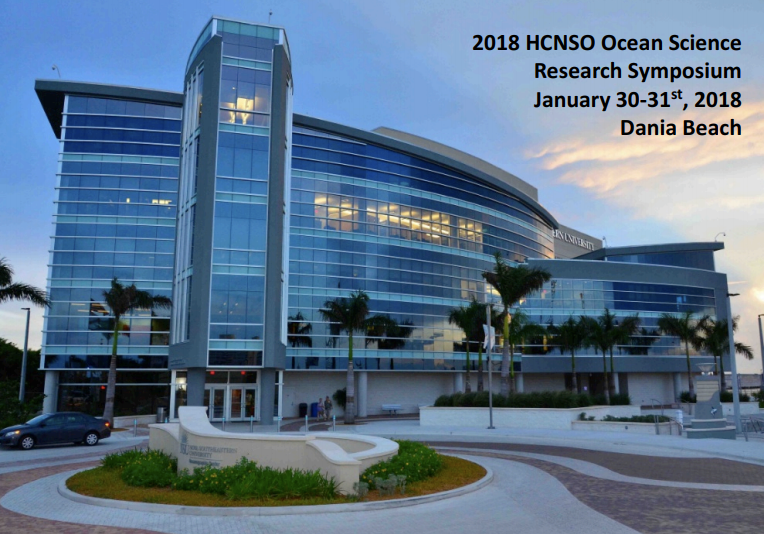Title
PICRUSt Analysis of Shallow and Deep-Water Microbial Communities in the Gulf of Mexico
Location
Guy Harvey Oceanographic Center Facility
Start
1-30-2018 5:00 PM
Type of Presentation
Poster Presentation
Abstract
Microbial communities are important to pelagic ecosystems, but understanding the drivers of community dynamics in these communities can be challenging in large heterogeneous environments like the Gulf of Mexico. PICRUSt (Phylogenetic Investigation of Communities by Reconstruction of Unobserved States) is a computational approach that uses 16S marker gene data to predict the function of microbial taxa in the marine environment, and this technique offers potential for gaining insight into the drivers of community dynamics. Microbial taxa are extremely sensitive to changes in environmental conditions, and are often essential to bioremediation processes, since they can metabolize a wide variety of xenobiotic compounds. Using microbial taxa associated with the degradation of xenobiotics as a tracer, we endeavored to provide evidence for the origin of inputs of xenobiotics, and map their spatial distributions across the Gulf of Mexico during a cruise in August 2015. Apparent differences in relative abundances of xenobiotic degradation were observed across sampled stations and between the epi-, meso-, and bathypelagial; the largest differences were observed between the epi- and mesopelagial. Caprolactam, DDT, dioxins, benzoate, and aminobenzoate were found in highest abundance at the surface of common water in proximity to riverine input from the Mississippi River. Organochlorines like atrazine and chloroalkanes/chloroalkenes had a signature highest in the loop current, which may indicate inputs from Mexico and the Caribbean. Findings from this study demonstrate the utility of PICRUSt on a broadscale, and suggest more scrutiny be given to deep-water microbial taxa responsible for the degradation of xenobiotics globally.
This document is currently not available here.
PICRUSt Analysis of Shallow and Deep-Water Microbial Communities in the Gulf of Mexico
Guy Harvey Oceanographic Center Facility
Microbial communities are important to pelagic ecosystems, but understanding the drivers of community dynamics in these communities can be challenging in large heterogeneous environments like the Gulf of Mexico. PICRUSt (Phylogenetic Investigation of Communities by Reconstruction of Unobserved States) is a computational approach that uses 16S marker gene data to predict the function of microbial taxa in the marine environment, and this technique offers potential for gaining insight into the drivers of community dynamics. Microbial taxa are extremely sensitive to changes in environmental conditions, and are often essential to bioremediation processes, since they can metabolize a wide variety of xenobiotic compounds. Using microbial taxa associated with the degradation of xenobiotics as a tracer, we endeavored to provide evidence for the origin of inputs of xenobiotics, and map their spatial distributions across the Gulf of Mexico during a cruise in August 2015. Apparent differences in relative abundances of xenobiotic degradation were observed across sampled stations and between the epi-, meso-, and bathypelagial; the largest differences were observed between the epi- and mesopelagial. Caprolactam, DDT, dioxins, benzoate, and aminobenzoate were found in highest abundance at the surface of common water in proximity to riverine input from the Mississippi River. Organochlorines like atrazine and chloroalkanes/chloroalkenes had a signature highest in the loop current, which may indicate inputs from Mexico and the Caribbean. Findings from this study demonstrate the utility of PICRUSt on a broadscale, and suggest more scrutiny be given to deep-water microbial taxa responsible for the degradation of xenobiotics globally.


